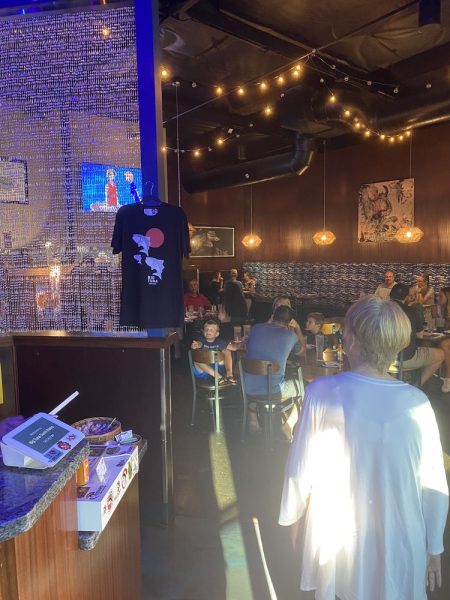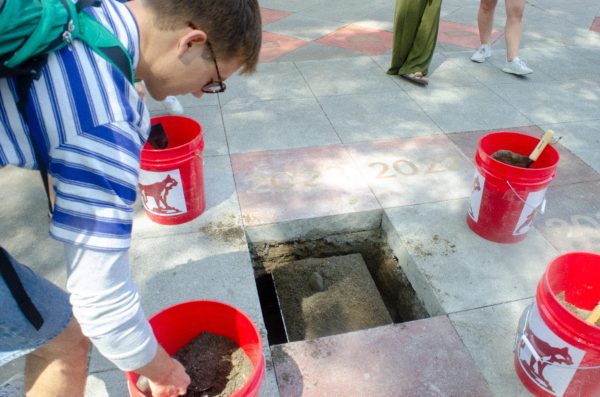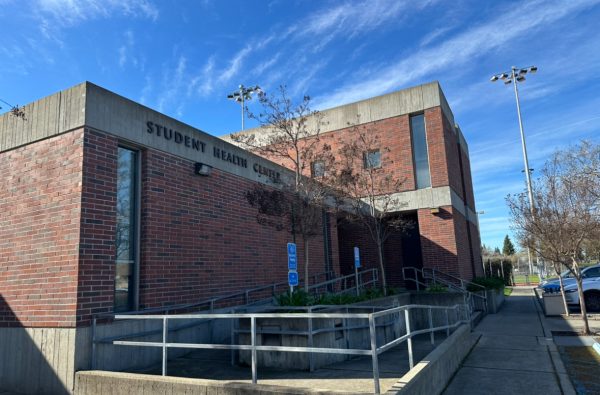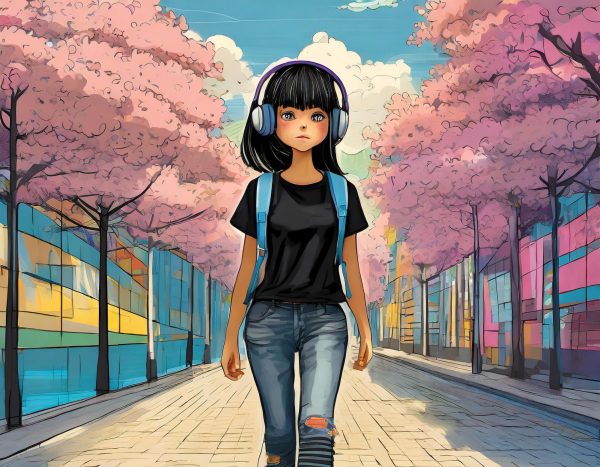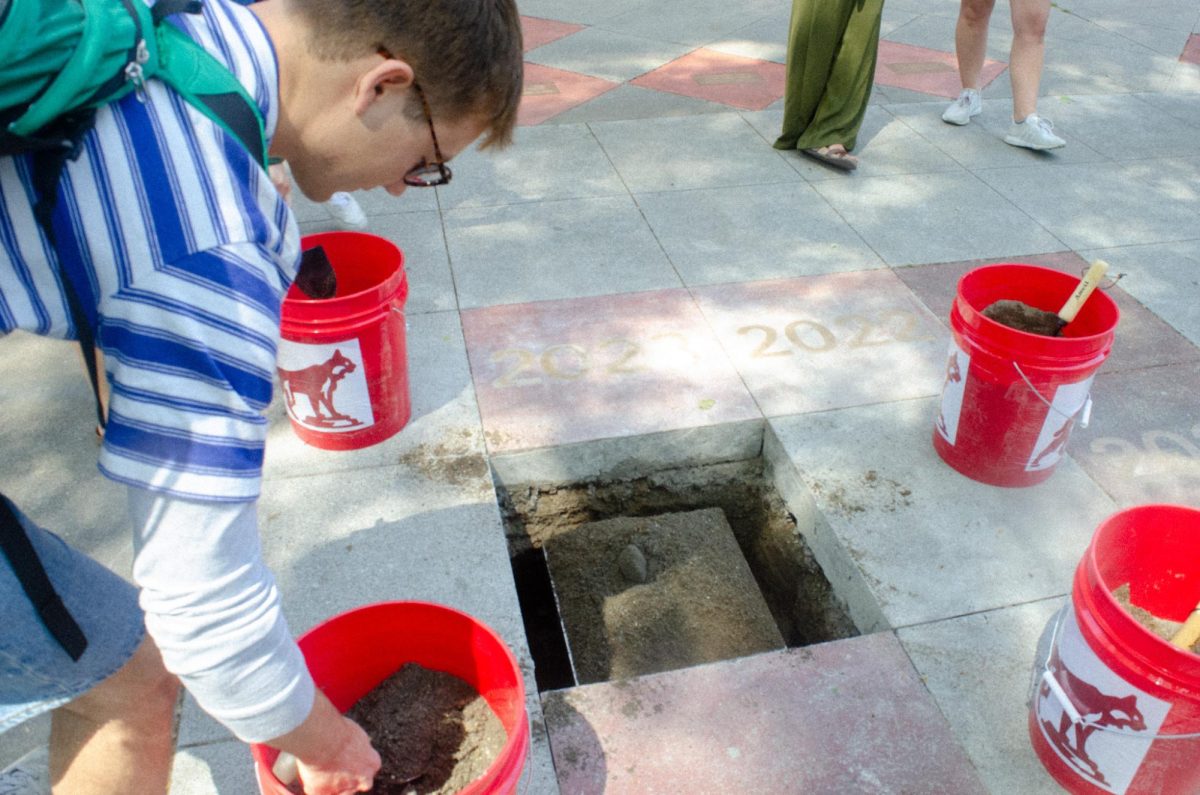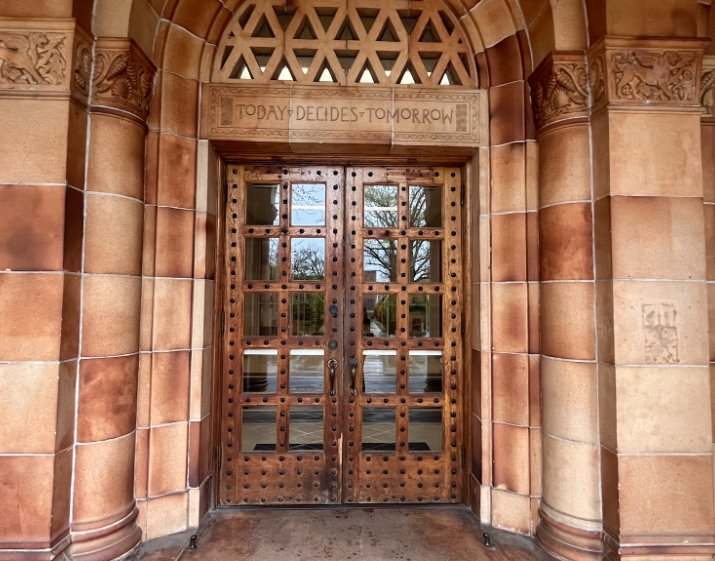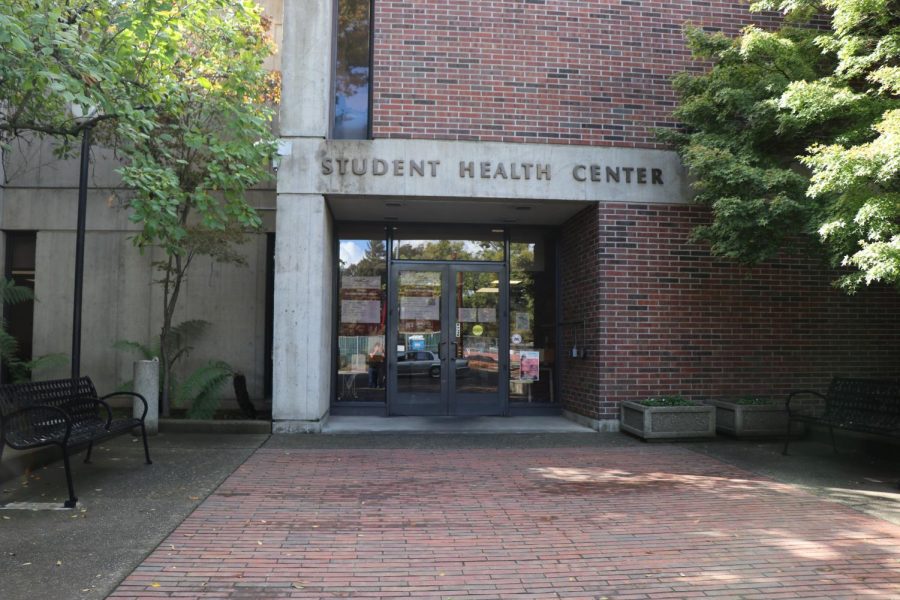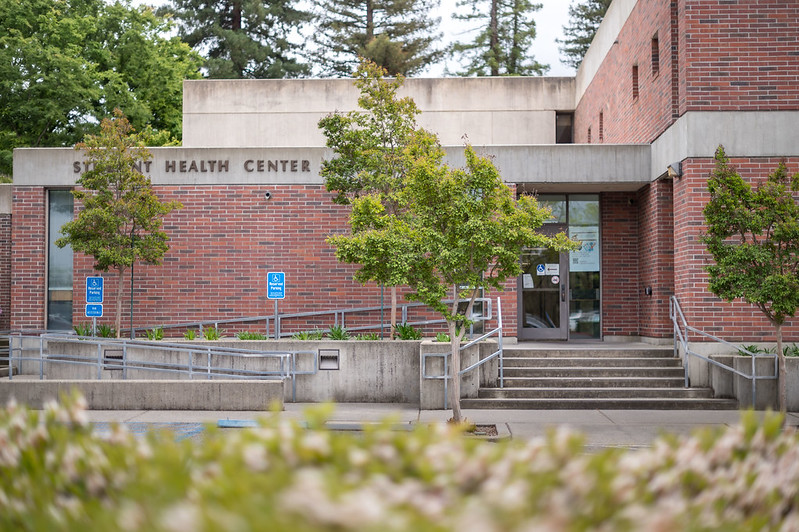Crab season has been shut down on most of the California coast due to a neurotoxin detected in the meat. Unusually warm ocean water has caused a huge algae bloom, and the algae contains Domoic acid.
After high levels of domoic acid were found in crab meat, the California Department of Fish and Wildlife shut down the commercial crab season. The emergency closure prohibits commercial fisherman from taking any Dungeness or Rock Crab in the waters north of the Ventura-Santa Barbara county line.
According to its website, commercial fishing will be reopened when the neurotoxin is no longer a health risk.
“When it gets into shellfish, in this case, crabs, then that’s a potential risk,” said Gordon Wolfe, microbial ecology professor. “So they close down fisheries.”
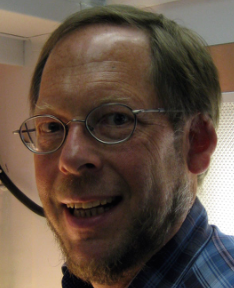
The massive algae bloom is caused by El Niño conditions in the Pacific Ocean, which causes ocean water to be five to six degrees above average, said Wolfe.
“It’s just part of the marine food web, it’s always out there,” he said. “But some years, it blooms more, and then the toxin accumulates up the food chain.”
Also known as Red Tide, Domoic acid is produced by certain phytoplankton, specifically marine diatoms of the genus Pseudo-nitzschia, according to NOAA’s Northwest Fisheries Science Center.
The algae that produces the toxin is then eaten by shellfish, sardines and anchovies. It continues to bio-accumulate up the food chain when the smaller fish are eaten by marine mammals, such as sea lions and otters.
The toxin can work up the food chain to humans when they consume shellfish.
Shellfish and fish that consume Domoic acid appear healthy and don’t show any symptoms. However, the toxin goes straight to the brain when consumed by humans, attacking nerve signal transmission. This can be deadly in high doses.
Lower doses of Domoic acid poisoning can cause brain damage that, in some cases, leads to short-term memory loss, according to NOAA’s Northwest Fisheries Science Center.
Outbreaks of Domoic acid poisoning have happened before. In 1987, three people died and more than 100 were poisoned from eating shellfish caught off the coast of Prince Edward Island in Canada.
The current outbreak of the neurotoxin is from Dungness and Rock crabs off the coast from Santa Barbara county all the way up to the Oregon border. In this case, the crabs are filter feeders that eat smaller organisms that eat algae, Wolfe said.
“Crabs aren’t particularly high up the food chain, but they eat a lot of zooplankton,” he said. “They eat a lot of the algae and it just accumulates in their tissue.”
He added that Domoic acid is fat-soluble, accumulating in the fat tissue of the crabs. This means the neurotoxin is present in the meat, so when a human eats the meat, they are directly ingesting Domoic acid.
Domoic acid isn’t the only thing that goes up the food chain and into the food we eat, Wolfe said. Other toxins, such as pesticides and heavy metals, can end up in seafood, which is why people are advised against eating too much tuna, for example.
While the neurotoxin is a danger to humans, it is a far greater threat to marine mammals and birds that depend on smaller fish to stay alive.
“I think it’s much more of a problem for marine mammals,” Wolfe said. “They’ll have outbreaks where pelicans and other seabirds will suddenly start crashing into cars because they can’t fly. They get paralyzed and fall out of the sky.”
He added that there are smaller, more frequent algae blooms and die-offs of marine mammals, but most people don’t hear about it because they only get attention locally. What makes this outbreak different is that it is on a much larger scale.
Harmful algae blooms like this are happening more often worldwide, according to Wolfe. While this one is likely being caused by El Niño conditions, pollution and climate change are causing massive algae blooms in oceans all over the world. Algae blooms off the coast of California pale in comparison to blooms that take place off the coast of Asia, he added.
“Between fertilizing the oceans and causing climate change, we’re causing these organisms to shift in their distribution,” Wolfe said. “Sometimes they make these compounds that accumulate in the food chain and come back and bite us.”
Adding pollutants, such as sewage, pesticides and fertilizer, to the oceans is creating an environment more conducive to algae blooms. For example, major rivers, such as the Mississippi or the Yangtze River in China, carry sediment, fertilizer and runoff from agriculture fields along with pollution from cities.
These pollutants accelerate algae growth in the ocean, causing the toxic blooms. Even if the blooms aren’t toxic, they create dead zones in the ocean when they die and are consumed by other organisms, leaving an area devoid of oxygen where nothing can survive, Wolfe said.
Ultimately, a multitude of human factors are causing these blooms, he added.
“All these things— pollution, oil spills, climate change— they’re hard to untangle as to what’s causing what, collectively they take a big toll,” Wolfe said. “These algae are just out there doing their thing, they’re very resilient and they’re going to proliferate and not proliferate depending on lots of factors, then we muck up these factors and cause them to grow better.”
Austin Herbaugh can be reached at [email protected] or @aherbaugh14 on Twitter.
